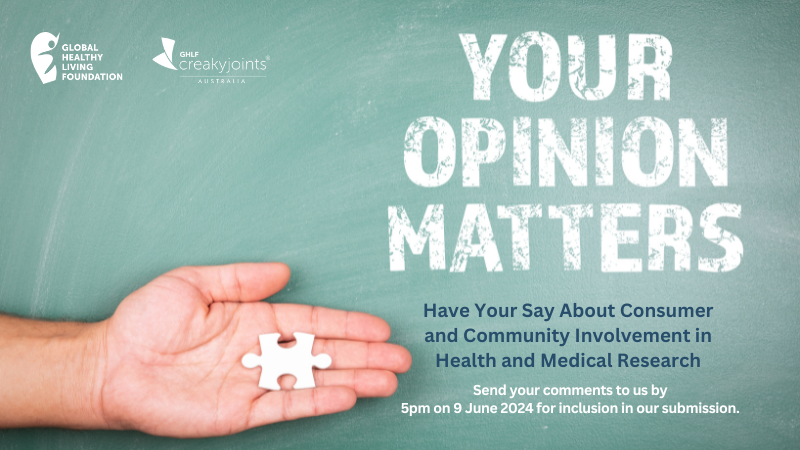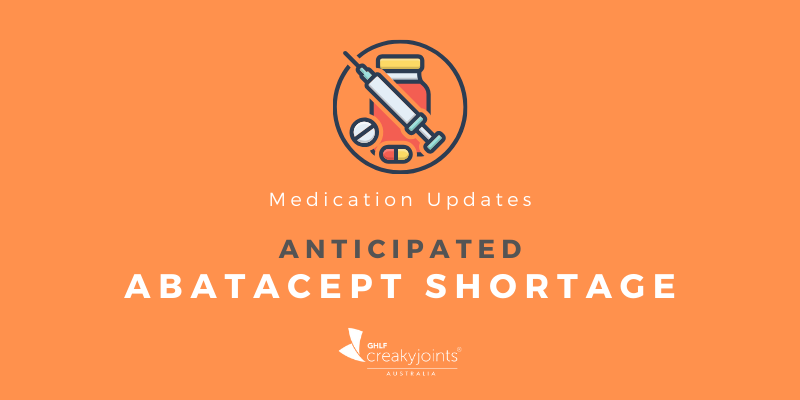What is Rheumatoid Arthritis?
Rheumatoid arthritis (RA) is an incurable chronic inflammatory disease that affects the immune system. It causes pain, stiffness, swelling and loss of function in the joints throughout the body. It typically affects the small joints of the hands and feet first.
The immune system is supposed to protect the body, but with rheumatoid arthritis, it turns against the body, attacking tissues and even organs including the eyes and lungs. Rheumatoid arthritis can strike at any age, although it usually begins between the ages of 40 and 60. It is more common in women than men.
Early diagnosis of RA is very important as the worst damage often occurs within two years of disease onset. The sooner you begin treatment to slow or stop disease progression (not just to treat the symptoms), the less likely you are to have major long-term joint damage.
Rheumatoid arthritis increases the risk of developing other health problems including
- Osteoporosis: bone loss that leads to weak and brittle bones that are highly susceptible to fracture.
- Carpal tunnel syndrome: a condition caused by a pinched nerve in the wrist that leads to numbness, tingling and weakness in the hands and wrists.
- Heart problems: such as clogged arteries, heart attack and heart failure.
- Inflammation and scarring of the lung tissues: which can lead to progressive shortness of breath.
Causes of Rheumatoid Arthritis
Rheumatoid arthritis symptoms are caused by inflammation. That means your body’s immune system is releasing chemicals into your blood and joints that cause pain, swelling, stiffness and fatigue.
Why? Because when you have RA, the normal signals that tell your immune system to spring into action — to protect your body from harm by viruses, bacteria or injuries — are crossed. That’s called autoimmunity.
In an autoimmune disease like RA, your immune system triggers inflammation and attacks your healthy joints and tissues by mistake. That’s why you have pain, swelling and other symptoms.
Sometimes you feel like your immune system is constantly attacking your body; at other times symptoms will come and go. RA is different than OA (osteoarthritis), which is caused by mechanical erosion of the joints, not an autoimmune process. In fact, there are over 100 forms of arthritis, with different causes, symptoms and treatments. However, it is possible to have more than one type of arthritis at the same time.
RA inflammation can do a lot of damage to the lining around your joints, called the synovium, even over just a few months or years. This inflamed lining can damage the tissues around your joints, like your cartilage or ligaments that hold the joints together.
When your cartilage breaks down, your bones can rub against each other and cause more pain. If your ligaments tear, your joints may dislocate and later become deformed. If that happens, joints can look twisted or gnarled and be harder to move.
Rheumatoid Arthritis Symptoms
Rheumatoid arthritis symptoms can be different for each person, but here are the most common ones:
- Joint pain, swelling or redness — often in corresponding joints on both sides of your body
- Morning stiffness lasting over an hour with “regelling,” or stiffness, after sitting for a while
- Fatigue, or feeling very tired most of the time
- Feeling sick, almost like you have the flu
- Achy muscles
- Loss of appetite — so you may lose weight without intending to
- Rheumatoid nodules (swollen bumps under your skin around your joints)
- Painful reactions in the lining around your heart or lungs (less common than other symptoms)
- Cognitive dysfunction (“brain fog”) — a decrease in your ability to think, remember or concentrate to the point that it interferes with your daily functioning. The exact cause of this is unknown. It could be related to inflammation, chronic pain or even lack of sleep.
RA can cause you to develop holes or “erosions” in the bones around your joints. The damaged caused by these erosions can cause a progressive loss of the ability to function. Erosions are caused by inflammatory substances that can dissolve tiny parts of the bone. This is also called “erosive disease.” Early treatment may help you prevent bony erosions, so it’s important to get a diagnosis as soon as you can.
Rheumatoid Arthritis Treatments
To prevent joint damage occurring, or to slow them down, you need to get your inflammation under control as soon as possible. That’s what your treatment plan — including your RA medications and other treatments such as exercise — is designed to do. Your rheumatologist (or GP) will help you develop and implement your plan based on your individual needs.
The Risk of Not Treating Rheumatoid Arthritis
One risk that sometimes gets overlooked is the risk of not taking evidence-based medication to control or stop the progression of RA. Rheumatoid arthritis is a serious disease that can affect many parts of the body and lead to a reduced life expectancy. If the disease is allowed to progress unimpeded (either by choice or through delayed diagnosis), significant joint damage can occur in as little as two years. The resulting deformities can be extremely painful and debilitating and seriously impact quality of life. Uncontrolled RA can also increase the likelihood of developing other severe health issues, including increasing the risk of infection.
It is important to be aware that many arthritis treatments available over the counter or online are either meant for osteoarthritis (such as glucosamine) or are only able to ease the symptoms of RA. They won’t stop the disease progression. Some won’t do anything at all and can carry high risks of their own.
While CreakyJoints Australia will always respect individual choice and will not tell you that you should or shouldn’t undertake specific treatments, we believe it is vital to do your homework on any treatment before you agree to undertake it. Once again, always check with your doctor before trying anything new (including supplements) to treat your RA.
You can learn more about RA medicinal and non-medicinal treatments in Raising the Voice of Patients: A Patient’s Guide to Living with Rheumatoid Arthritis in Australia.





